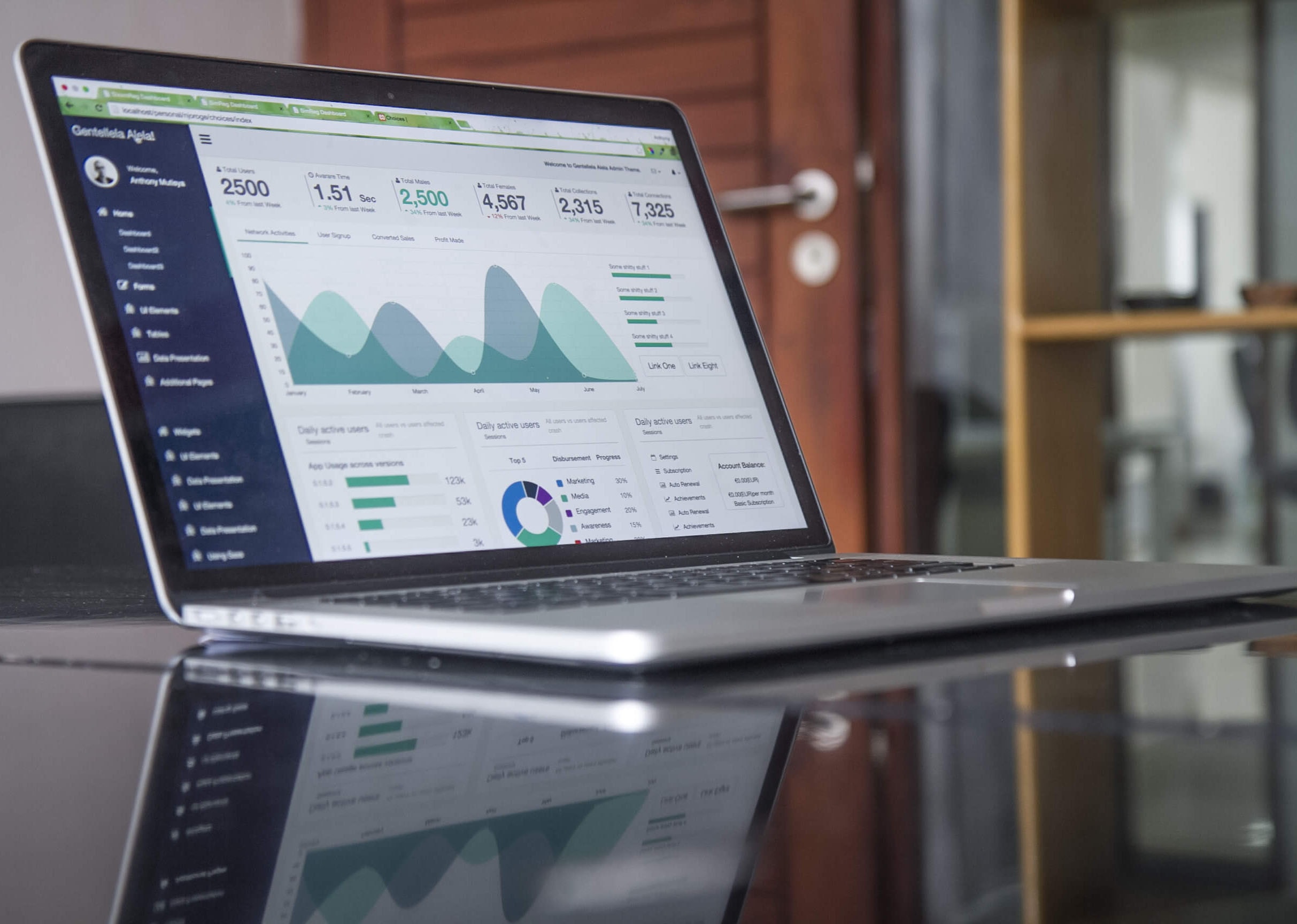By David Thomas, Executive Director, Online Programming, Valentina Iturbe-LaGrave, Director for Inclusive Teaching Practices, Christina H. Paguyo, Director of Academic Assessment, and Karen Swanson, Director of Faculty Learning Groups and Scholarship
As faculty and students move into the online environment, they leave an inevitable digital footprint through Canvas, Zoom, and other teaching and learning applications. The data analytics collected from this type of learning, used appropriately, provide an important feedback loop on student and faculty engagement. Canvas analytics provide faculty with information about which elements students are using and for how long. For example, a faculty member may be able to assess how long students spend on discussion boards or even an assignment. While seemingly granular, if faculty monitor students’ use of Canvas, they can provide feedback to students to better support their learning. For example, if a student is not checking announcements, he, she or they may miss vital course information. If students are not checking the calendar, they may miss important deadlines. Canvas analytics is a tool for faculty to gauge student engagement with the course materials and activities.
In their piece The Promise and Peril of Predictive Analytics in Higher Education, Ekowo and Palmer (2016) discuss the affordances and constraints of using data footprints to inform decision-making processes. For example, data can help universities identify which students face greater probability of dropping out, which can lead to targeted interventions that facilitate student success. While the intent to scaffold student support is well-meaning, the impact might flag students who simply do not fit the bell curve and further reify stereotypes. At the same time, ethical considerations emerge when data are collected 24 hours a day, 7 days a week, and 52 weeks of year. The “creepy” side of data brings up questions about security, privacy, transparency, unintended consequences, and capacity to analyze data appropriately and responsibly (Blumenstyk, 2018).
With all of this in mind, is there a flipside to teaching and learning data analytics? The simple answer is yes, and it requires the creation of a data-smart culture in a data-rich environment. In a 2017 British study of data-driven schools titled From Data Rich to Data Smart: Empowering Teaching, not Monitoring Teachers; author David Weston asserts that exceptional schools are data-smart because they recognize how to create a culture where faculty are information drivers who know how to leverage data to enrich their teaching and students’ learning in real-time. While promising, this model is effective and sustainable within a culture that enriches and empowers faculty through autonomy, professionalism and expert accountability. Many of Weston’s suggestions for developing a data-smart culture align with those from Ekowo and Palmer’s article, we summarize them below:
Transparency
- Create a plan that articulates the purpose and outcomes of data analytics
- Create transparent guidelines about how data will be collected, when data will be collected, who has access to the data, how quality analysis will be conducted, and how data privacy and security will be maintained
- Develop a supportive infrastructure that makes explicit how departments plan to use data analytics to guide organizational change
Usage
- Create a culture where faculty members are the most important users of data, because they can contextualize and interrogate it
- Ensure that the right information is used at the appropriate levels
- Recognize that data collection and appraisal observations can improve workload burden
Blind Spots
- Recognize the limits of data
- Do not aggregate entirely different sets of numbers to create superficially comparable data
- Foster a culture where others ask tough questions, provide alternative perspectives, and inject expertise when faculty need support
- Recognize how inappropriate data analysis can do harm and name the potentially harmful effects of inappropriate data usage
We hope to provide you with critical tools to navigate this data-rich environment and successfully arrive at your, and your students’ destination.
References
Blumenstyk, G. (2018). Data Is getting bigger. So are the privacy and ethical questions. Chronicle of Higher Education. Retrieved from https://www.chronicle.com/article/Big-Data-Is-Getting-Bigger-So/244099.
Weston, D. (2017). From Data Rich to Data Smart: Empowering Teaching, not Monitoring Teachers. In Lucy Rycroft-Smith, Jean-Louis Dutaut (Eds.) Flip the System UK: A Teachers’ Manifesto. United Kingdom: Taylor & Francis.
Ekowo, M., & Palmer, I. (2016). The promise and peril of predictive analytics in higher education: A landscape analysis. New America Education Policy. Retrieved from https://www.newamerica.org/education-policy/reports/predictive-analytics-in-higher-education/



